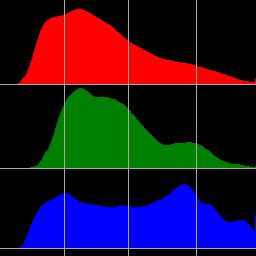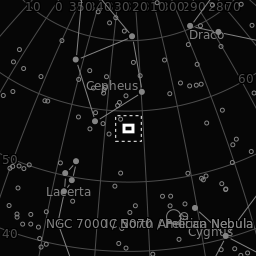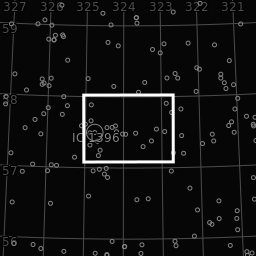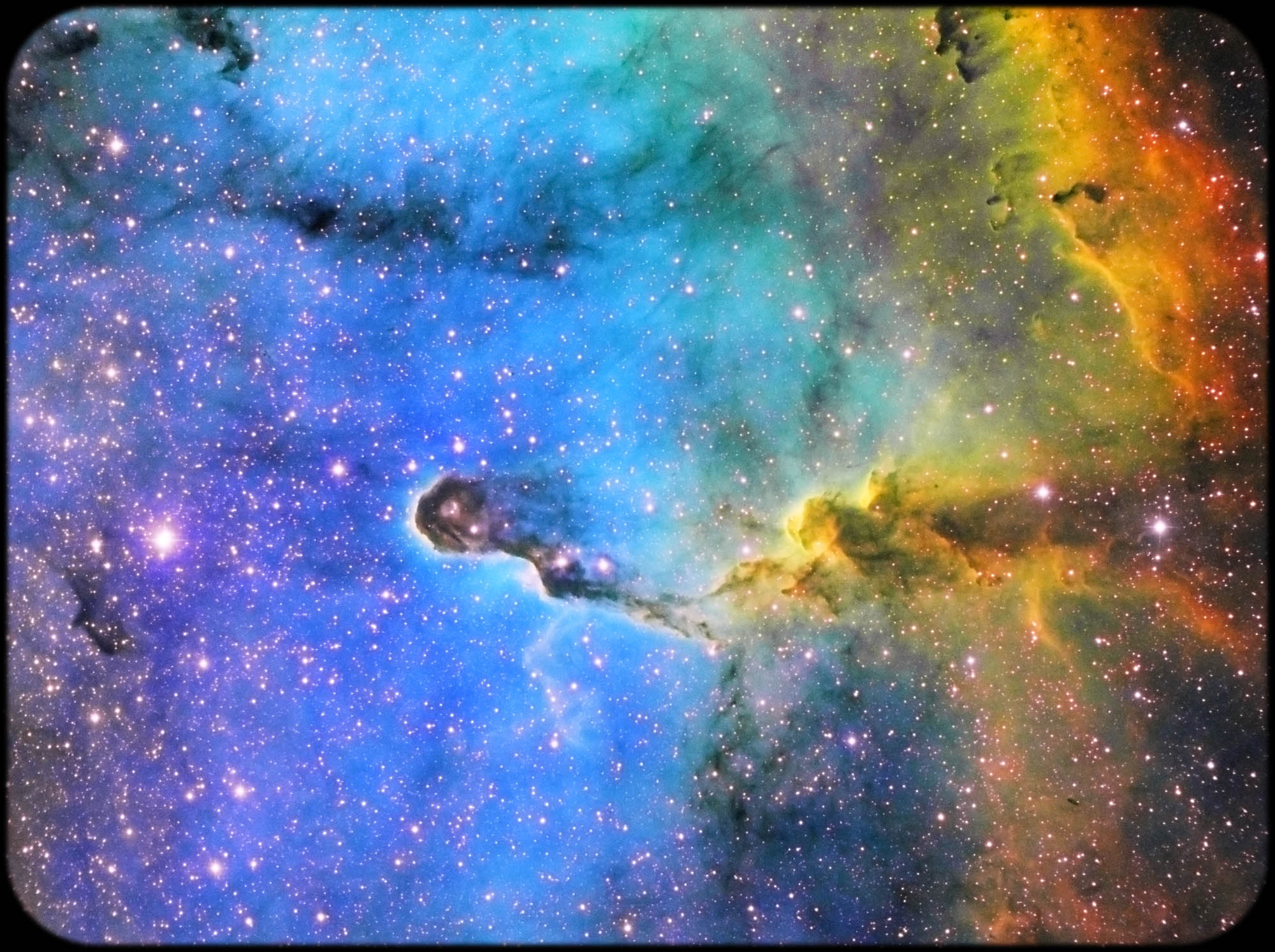The Elephant's Trunk Nebula is a concentration of nterstellar gas and dust within the much larger ionized gas region IC 1396 located in the constellation Cepheus about 2,400 light years away from Earth. The piece of the nebula shown here is the dark, dense globule IC 1396A; it is commonly called the Elephant's Trunk nebula because of its appearance at visible light wavelengths, where there is a dark patch with a bright, sinuous rim. The bright rim is the surface of the dense cloud that is being illuminated and ionized by a very bright, massive star (HD 206267) that is just to the east of IC 1396A. The entire IC 1396 region is ionized by the
massive star, except for dense globules that can protect themselves from the star's harsh ultraviolet rays.
The Elephant's Trunk Nebula is now thought to be a site of star formation, containing several very young (less than 100,000 yr) stars that were discovered in infrared images in 2003. Two older (but still young, a couple of million years, by the standards of stars, which live for billions of years) stars are present in a small, circular cavity in the head of the globule. Winds from these young stars may have emptied the cavity.
The combined action of the light from the massive star ionizing and compressing the rim of the cloud, and the wind from the young stars shifting gas from the center outward lead to very high compression in the Elephant's Trunk Nebula. This pressure has triggered the current generation of protostars. [Wiki] |
|
|
| Optic |
SW Quattro 8S 200mm f/4 with Baader MPCC Mark III corrector |
| Camera |
Atik 383L+ |
| Filters |
Baader Ha, SII, OIII 36mm |
| Mount |
NEQ6 with EQASCOM
|
Guide
|
SW 70/500 with AlCCD5
|
Frame center
|
RA 21:35:28 DEC 57:33:22 J2000
|
Date
|
17~20 August 2020
|
Site
|
Astrobioparco di Felizzano, AL, Italy
|
| Exposures
|
Ha 24x900s bin 1x1 @ -10C
Sii 24x900s bin 2x2
Oiii 24x900s bin 2x2
Integration time - 18h
|
|



|
|



